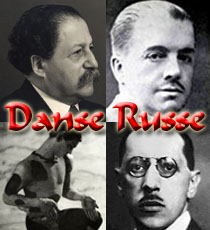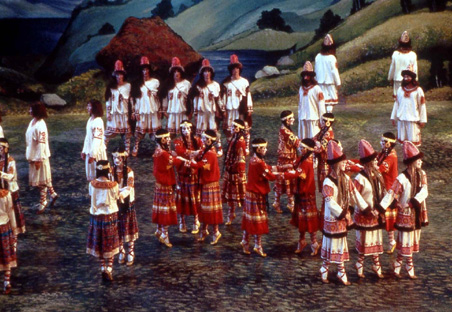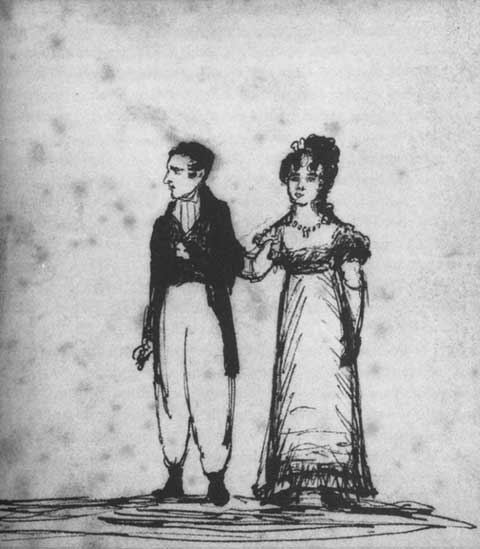 Paul Moravec and I are now at work on our second opera–but don’t call it that!
Paul Moravec and I are now at work on our second opera–but don’t call it that!
The Philadelphia International Festival of the Arts, which gets underway on April 1, 2011, is a citywide venture that will encompass the premieres of thirty-one works intended to capture “the inventive, no-holds-barred spirit of Paris: 1910-1920, the inspiration and theme of the 25-day festival.” Center City Opera Theater is contributing to the festivities with a program that will pair Renard, a rarely produced one-act chamber opera composed in 1916 by Igor Stravinsky, with a new work written for the same performing forces as Renard, four male singers (two tenors, a baritone, and a bass-baritone) and a small instrumental ensemble.
 Andrew Kurtz, who runs Center City Opera, invited Paul and me to write a companion piece to Renard. I came up with the idea of a backstage farce about the creation of Stravinsky’s Rite of Spring. The title is Danse Russe. The four characters, whose real-life models are pictured above, are:
Andrew Kurtz, who runs Center City Opera, invited Paul and me to write a companion piece to Renard. I came up with the idea of a backstage farce about the creation of Stravinsky’s Rite of Spring. The title is Danse Russe. The four characters, whose real-life models are pictured above, are:
• Sergei Diaghilev, the founder of the Ballets Russes, who commissioned The Rite of Spring
• Vaslav Nijinsky, Diaghilev’s lover and star dancer, who choreographed the ballet
• Pierre Monteux, who conducted the first performance
• Stravinsky himself
Unlike The Letter, our previous collaboration, Danse Russe is a knockabout comedy with spoken dialogue. We’re calling it a “vaudeville,” and we expect it to play more like a musical than an opera. I finished the first draft of the libretto three weeks ago, and Paul started writing the music last week.
We open in Philadelphia on April 15–and yes, I’ll be blogging with steadily increasing frequency about the making of Danse Russe between now and then.
More as it happens.
Archives for June 15, 2010
CAAF: Your ex-girlfriend gives it one year, tops

I’m amused by this pen and ink sketch of Lord and Lady Byron shortly after their marriage. It was drawn by Lady Caroline Lamb, who had carried on an affair with the poet before being thrown over a few years before (it was Lamb who called Bryon “mad, bad and dangerous to know”). As with the couple’s correspondence about religion, it’s an early signal that the marriage was headed for a spectacular flame-out. Lamb was hardly objective of course, but look at that body language!
The sketches Lamb kept in her journals have real wit and charm. But the novel she later wrote about Byron, Glenarvon, is wonderfully terrible. I’m reading it right now and it’s like slogging through a juvenile Bronte effort with all the trotting around moonlit ruins and character names like Calantha, the Duchess of Altamonte and Sir Everard St. Clare. Sample:
At this very period of time, in the prosecution of her sudden and accursed designs, having bade adieu to brighter climes and more polished manners, with all the gaiety of apparent innocence, and all the brilliancy of wit which belongs to spirits light as air and a refined and highly cultivated genius, she was sailing, accompanied by a train of admirers, selected from the flower of Italy, once again to visit her native country.
That does sound fancy, doesn’t it? And evil. I wish Lamb had done the book as a graphic novel instead.
(Sketch scanned from Fiona MacCarthy’s very good Bryon: Life and Legend.)
TT: Almanac
“A man’s hope measures his civilization.”
Ezra Pound, Guide to Kulchur
